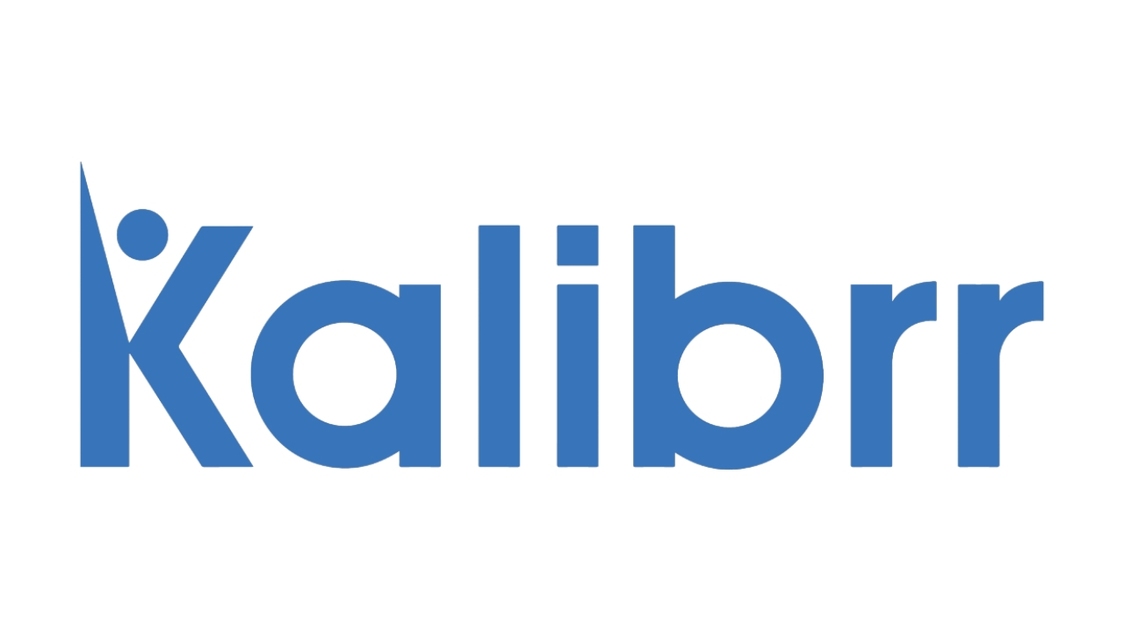SUMMARY
This is AI generated summarization, which may have errors. For context, always refer to the full article.

[Editor’s Note: The HR Guru is a column from Kalibrr answering all your HR-related questions. For this release, Kalibrr gives practical tips on how to thrive as a company in the work-from-home setup.]
Dear HR Guru,
I am the CEO of a large company with over 1,000 employees, most of whom now work from home because of the ongoing pandemic. After several months, our people seem to have adapted to remote work.
However, we still hear stories of employees struggling to cope with the radical change in working arrangements. As CEO, how can I support our staff not only to make sure they are productive but that they succeed in the new normal? Practical advice is appreciated.
Sincerely,
Woman in Business
Dear Woman in Business,
Ensuring that everyone in the organization has the tools and support they need to achieve work success at home, amid a pandemic at that, is not an easy task. Even in an agile technology company like Kalibrr, we have had our fair share of challenges shifting from an office to a remote-work setup.
While the unexpected transition to work-from-home seemed at first to be a global experiment, working from home is undoubtedly a part of the new normal. We are in it for the long term.
However, working at home is not just a different way of working; it’s a different way of living. Telecommuting requires an entirely different mindset from work in an office and, as you mentioned in your email, some employees struggle with this change several months later.
With remote work being the new norm, business leaders like us need to find new ways to help employees stay productive and work toward the same business goals.
Here are several easy-to-implement tips to ensure employee well-being, accountability, and productivity as your people work remotely.
Provide access to tools and technology
Everyone should have access to the same set of tools that they would be using at work. Here are a few recommended tools for a work-from-home setup:
- Communication: Viber, WhatsApp, Telegram, Messenger, or Google Hangouts Chat
- File sharing: Google Drive or Dropbox
- Project management: Trello or Notion
- Video conferencing: Zoom, Google Hangouts, Skype, or Discord
- Whiteboard: Jamboard, Miro, or Whimsical
- Performance, feedback, and surveys: SurveyMonkey, Typeform, or Qualtrics
Set up communication channels
Communication is critical to remote-work setup. Make sure your communication channels are deliberately assigned and clear. You also need to establish processes ensuring that your employees are checked in, online, and working. Consider a login system, status updates, or time-tracking tools. Even a simple email or chat message informing the team that they are online and working can ease administrative burdens.
Create operational guidelines
Create guidelines that will help your people work from home effectively, like how much time is allotted to respond to messages and reminders on proper work hours.
Ask for reports
Ask your team to send in a daily or weekly report that accounts for what they’ve accomplished. Productivity shouldn’t be compromised in a remote work setup.
Promote remote work culture
Invest in building a shared remote culture with norms, values, and ceremonies as if you were all in the office. Celebrate birthdays and milestones, albeit virtually.
Establish boundaries
It’s very easy for work and home to just mesh because you’re at home all day. And sadly, that can lead to burnout. Remind your people to take advantage of the flexibility of working from home and to take short breaks. Applying Francesco Cirillo’s Pomodoro Technique is an excellent way to integrate breaks into a work schedule.
Provide coaching and access to mental health tools
The pandemic impacts everyone across the company in different ways. Offering coaching programs can help you ensure that your people continue to produce quality work and that morale is high. Providing access to mental health tools such as counseling, on other hand, keeps employees resilient amid the most challenging times.
Upskill
To succeed in this new normal, your people need to learn new and in-demand technical skills or emphasize essential skills. Promote working autonomously. Older employees, for example, might be struggling with video conferencing and cloud computing.
Trust in and empathize with your people
Trust that people will get their work done and understand if they need help. Trust and empathy both go a long way in a work-from-home setup. Make employees feel empowered to speak up if things are not working for them. Communication is key.
Consider the ‘hub and spoke’ working model
While this may not be the best solution until we get a vaccine, consider shifting to a wheel-like or “hub and spoke” working model in the new norm. The Silicon Republic describes this model as having a downsized city center office – the “hub” – with smaller satellite offices or collaborative spaces – the “spokes” – in suburban and rural areas.
Provide a sense of normalcy for your staff by allowing them to continue working remotely but, on occasion, come to the head office or elsewhere to facilitate face-to-face interaction.
Lastly, as a business leader, I suggest that you task your HR department to research what your industry peers and many other companies are doing to set up their work-from-home employees for success. With their research on work-from-home innovations and solutions, your HR team can then educate company leadership on the ways that different organizations are adopting to this new normal.
Whether your people are working temporarily from home or you are making this change long-term, setting expectations, providing the necessary resources, and being transparent are essential to trust.
With the amount of technology available, the future of work isn’t necessarily everyone in one office from 9 to 6, watching the clock. The future of work is an empowered team that you can trust and that holds each other accountable regardless of where they may be.
Keep in touch. Tell me how these strategies worked out for you. I wish you and your organization every success!
Paul, your HR Guru
About the Column: Paul Rivera is the co-founder and CEO of Kalibrr, a careers platform for over 4 million young professionals and more than 18,000 of the most innovative companies in Southeast Asia. In the next few weeks, he will be answering any questions and giving advice about employment, getting hired, and getting a hire in the Future of Work.

PAUL RIVERA. Photo courtesy of Kalibrr.
Need advice as a jobseeker or as an HR professional? Email your questions at hiretalent@kalibrr.com or send them a message on Facebook. – Rappler.com
Add a comment
How does this make you feel?



There are no comments yet. Add your comment to start the conversation.